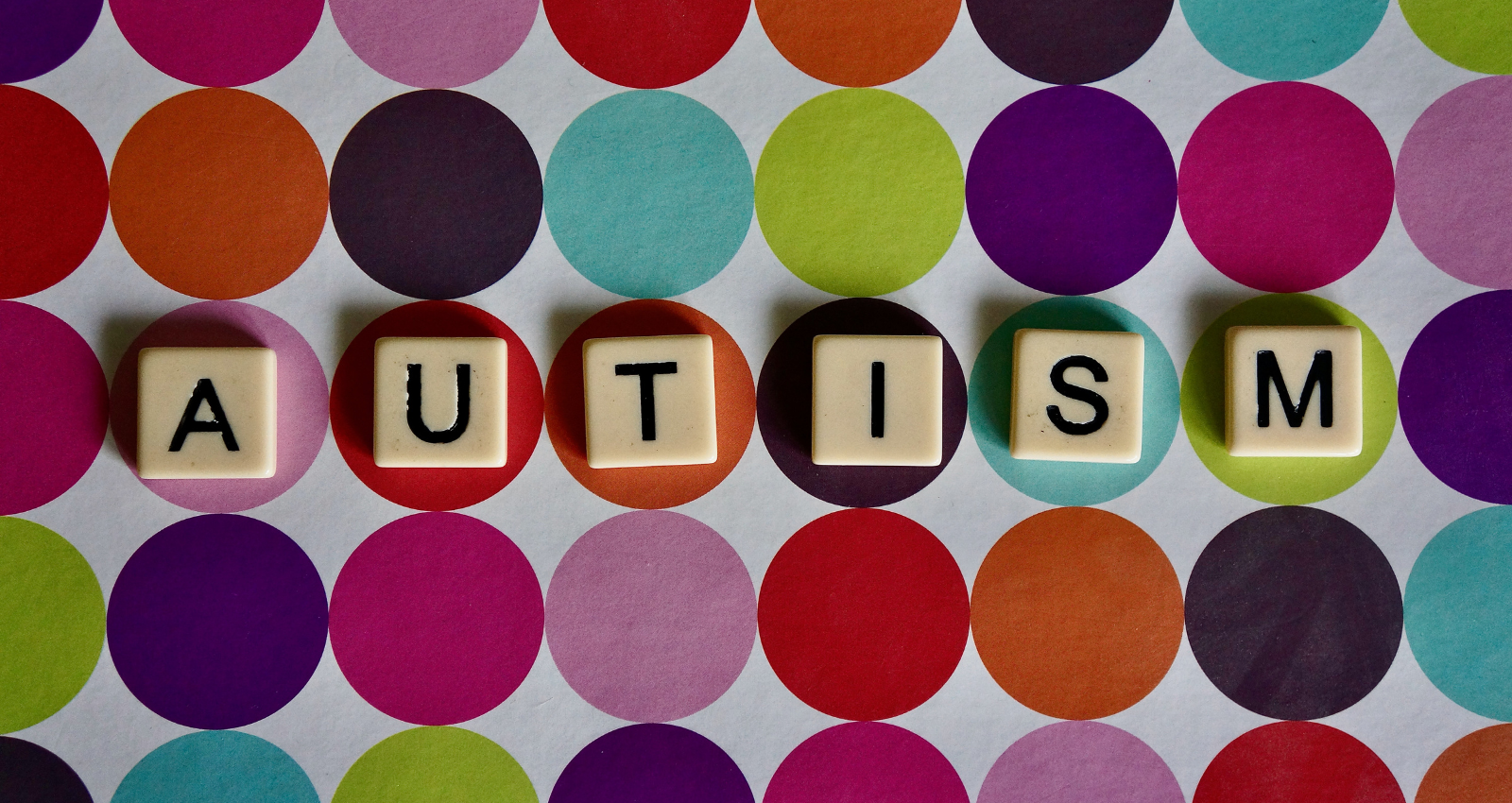
What is ABA Therapy for Autism?
Things you need to know about ABA (Applied Behaviour Analysis) therapy
If you are a parent to an autistic child, you might have heard people talk about ABA therapy for autism, but do you know what it is? In this blog, we aim to let you know what ABA therapy is so that you can decide whether you feel it may be effective in helping your child.
ABA stands for Applied Behaviour Analysis. Analysing behaviour is thought to help behaviour analysts understand why children are behaving in a negative way. The causes and consequences of unwanted behaviour can then be examined and interventions are applied to try and change the behaviour and develop social, communication and learning skills through reinforced behaviour.
Is ABA harmful to children?

There have been a lot of mixed opinions on whether ABA therapy is effective or harmful for children with autism. Supporters say that it has helped their children to learn behaviours and skills, which have been beneficial to them. However, those against it have voiced that this type of therapy forces autistic children to try and conform to so-called ‘normal’ behaviours. Therapists state that ABA therapy has evolved in recent years and that now there is more of a focus on changing behaviours and not on feelings or thoughts that the individual has.
Is ABA Therapy effective?
A good ABA Therapist will spend time with your child and interact with them so that they can observe their behaviour, communication and skills. This can be carried out at home, in school or in both settings. The Therapist will look at what interventions meet your child’s individual needs and how you can integrate these at home.
ABA Therapy can be used for a variety of purposes, such as rewarding children for achieving a task like brushing their teeth to sleeping well at night. Goals usually relate to reducing unwanted or harmful behaviours and improving skills and communication. Parents who support ABA therapy feel that it provides them with the strategies that they need to teach their children and can help their children to learn. The strategies can be shared with everyone who works with your child.
The ABA Therapist should frequently review your child’s progress and adapt the therapy accordingly until the end goal is achieved.

Different types of ABA Therapy
There are several types of ABA therapy. These are:
- Early Intensive Behavioural Intervention (EIBI) – an intensive approach often aimed at younger children.
- Discrete Trial Training - an approach looking at behavioural triggers and positive reinforcement.
- Verbal Behaviour Interventions – to help children become more verbal and communicative.
- Pivotal Response Training – play-based therapy, letting your child take the lead.
- Early Start Denver Model (ESDM) – sometimes referred to as the “playschool model” focusing on play and daily activities.
An ABA Therapist will determine which type of ABA therapy to use based on your child’s age, behaviours and other skills such as communication.
Only you can decide whether ABA therapy is a beneficial therapy to try with your child. Lots of parents have found that it has helped to improve their child’s behaviour, reducing harmful behaviours and improving communication. However, it may not be right for everyone.

